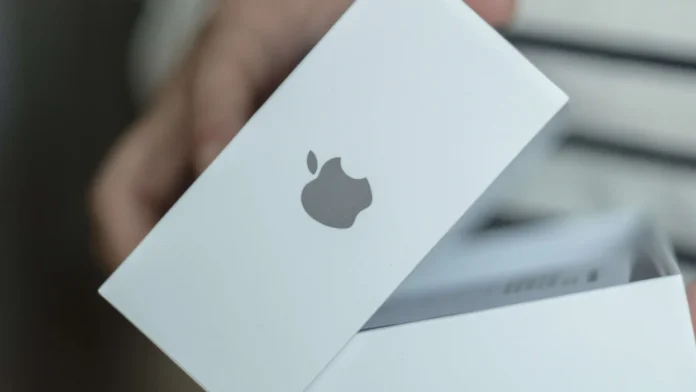Apple is preparing to launch its first foldable iPhone, sparking excitement among tech enthusiasts. According to reports, the foldable iPhone will feature a book-style design, opening vertically to reveal a small tablet-sized screen. This design approach differs from many foldables on the market that fold horizontally.
One of the most notable features of the foldable iPhone will be its camera setup. It will include four cameras in total: two on the back, one inside the fold, and one on the front. Interestingly, Apple will skip Face ID on this device. Instead, the foldable iPhone will rely on Touch ID, integrated into the power button. This method is similar to what Apple has done with some of its iPad models.
Moreover, Apple plans to introduce new display technology to reduce the visibility of the crease on the unfolded screen. This improvement will likely enhance the user experience when using the foldable iPhone. In addition, the device will house Apple’s custom C2 modem, which also powers the upcoming iPhone 18 Pro series.
Another significant change will be the removal of the physical SIM card slot. Users will need to rely on eSIM technology, signaling a shift towards more streamlined hardware. Analyst Ming-Chi Kuo previously reported that the foldable iPhone would feature a 7.8-inch inner screen and a 5.5-inch outer display. The device is expected to be quite slim, measuring just 9 to 9.5 millimeters thick when folded.
Apple’s foldable iPhone launch fits into a larger strategy to refresh its smartphone lineup over the next three years. The company will start with the new iPhone 17 Air this September. Then, the foldable iPhone will debut next year. Finally, in 2027, Apple plans to release the “iPhone 20,” an anniversary model with curved glass edges all around.
Overall, the foldable iPhone could redefine Apple’s approach to mobile devices. With its unique design, advanced cameras, and updated features, it aims to compete strongly in the evolving smartphone market. As we await its launch, anticipation continues to build around this innovative device.
For more tech updates, visit DC Brief.


